43 motion diagram physics
Graphs of Motion - The Physics Hypertextbook Graphs of motion come in several types depending on which of the kinematic quantities (time, position, velocity, acceleration) are assigned to which axis. position-time Let's begin by graphing some examples of motion at a constant velocity. Three different curves are included on the graph to the right, each with an initial position of zero. Physics - Linear Motion Diagram | Quizlet Average velocity in uniformly acceleration motion equation v = ½(v + v₀) Linear Motion Equation when v is unknown x = x₀ + v₀t + ½at² Linear Motion Equation when x is unknown v = v₀ + at Linear Motion equation when t is unknown v² = v₀² + 2a(x-x₀) Positive Slope Means... Positive Velocity Flat Horizontal Slope Means... No Velocity (slope is zero)
PDF Physics Kinematics, Projectile Motion, Free-Body Diagrams ... Physics - Kinematics, Projectile Motion, Free-Body Diagrams, and Rotational Motion Kinematics and Projectile Motion Problem Solving Steps 1. Read and Re-Read the whole problem carefully before trying to solve it. 2. What is the question asking for?

Motion diagram physics
03. Drawing Motion Graphs - Physics LibreTexts A careful reading of the motion diagram allows the construction of the motion graphs. Drawing the position vs. time graph First, examine the position of the shot put as it moves through the air. Remember, the analysis of the horizontal position must be independent of the analysis of the vertical position. Horizontal Position PDF MOTION DIAGRAMS - Physics Workshops The motion diagrams for three common types of linear motion are described below. Constant Velocity: The first motion diagram, shown in Fig. 1, is for an object moving at a constant speed toward the right. The motion diagram might represent the changing position of a car moving at constant speed along a straight highway. Motion Diagrams or Dot Diagrams - Physics Classroom Such diagrams are referred to as dot diagrams, motion diagrams, oil drop diagrams, and (still) ticker tape diagrams. The distance between dots on a dot diagram represents the object's position change during that time interval. A large distance between dots indicates that the object was moving fast during that time interval.
Motion diagram physics. PDF Physics Motion Worksheet Physics Motion Worksheet Part I 1. An object goes from one point in space to another. After it arrives at its destination (a) its displacement is the same as its distance traveled. (b) its displacement is always greater than its distance traveled. (c) its displacement is always smaller than its distance traveled. What is a motion diagram in physics? - AskingLot.com A motion diagram represents the motion of an object by displaying its location at various equally spaced times on the same diagram. Motion diagrams are a pictorial description of an object's motion. They show an object's position and velocity initially, and present several spots in the center of the diagram. Click to see full answer. Motion Diagrams and Particle Models by Nathan Covington A motion diagram represents the velocity, position, and acceleration of an object at several different times. The times are typically separated by equal time intervals. At each position, the object's velocity and acceleration are represented with arrows. Motion Diagrams - College Physics - Varsity Tutors College Physics : Motion Diagrams Study concepts, example questions & explanations for College Physics. Create An Account Create Tests & Flashcards. All College Physics Resources . 66 Practice Tests Question of the Day Flashcards Learn by Concept. Example Questions. College ...
Motion Diagram - YouTube This video introduces the concept of Motion diagrams (also sometimes called dot diagrams) to represent motion in 1D in physics. PDF Picturing Motion: Dot Diagrams - New Providence School ... • Use the dot diagram model to draw a motion diagram for an object that starts from rest, speeds up to a constant speed, and then slows to a stop. • Use the dot diagram model to draw a motion diagram for a wheel turning at a constant speed. First place the dot at the hub of the wheel. Motion Diagrams - Boston University Physics Motion Diagrams. Car 1 (red), initial values. Position: 0 m +30 m. 0. Velocity: 0 m/s 10 m/s. 5. Acceleration: -2 m/s/s 2 m/s/s. 0.0. Car 2 (blue), initial values. Motion diagram - Wikipedia Motion diagrams are a pictorial description of an object's motion. They show an object's position and velocity initially, and present several spots in the center of the diagram. These spots reveal whether or not the object has accelerated or decelerated. For simplicity, the object is represented by a simple shape, such as a filled circle.
Rolling Motion - Diagram & Formula | Translatory Motion ... The rotational motion of the body occurs about its axis of symmetry, therefore, the velocity at any point P 0, P 1 or P 2 of the body comprises two parts, translational velocity v cm and due to rotational motion, it has linear velocity v r, where v r = rω. ω is the angular velocity of the rolling disc. v r is perpendicular to radius vector at ... Circular Motion Diagram - science physics animated wave ... Circular Motion Diagram. Here are a number of highest rated Circular Motion Diagram pictures upon internet. We identified it from reliable source. Its submitted by giving out in the best field. We agree to this nice of Circular Motion Diagram graphic could possibly be the most trending topic later than we ration it in google pro or facebook. Motion Diagrams - Physics Classroom The Motion Diagrams Concept Builder is a tool that provides a learner with extensive practice relating the verbal description of an object's motion to the motion diagram that describes the same motion. The motion diagram includes appropriately spaced dots that represent the object's constant speed motion, speeding up motion, or slowing down motion. PHYSICS CH 2 MOTION POWERPOINT - Google Slides What is the purpose of drawing a motion diagram or a particle model? A. to calculate the speed of the object in motion B. to calculate the distance covered by the object in a particular time C. to...
02. Drawing Motion Diagrams in 1D - Physics LibreTexts A motion diagram is the first step in translating a verbal description of a phenomenon into a physicists' description. Start with the following verbal description of a physical situation: The driver of an automobile traveling at 15 m/s, noticing a red-light 30 m ahead, applies the brakes of her car until she stops just short of the intersection.
Motion With Graphs with Examples - Physics Tutorials DESCRIBING MOTION WITH GRAPHS Position vs. Time Graphs: Graphs are commonly used in physics. They give us much information about the concepts and we can infer many things. Let's talk about this position vs. time graph. As you see on the graph, X axis shows us time and Y axis shows position. We observe that position is linearly increasing in positive direction with the time.
Motion Diagrams - Physics Video | Clutch Prep Video explaining Motion Diagrams for Physics. This is one of many videos provided by Clutch Prep to prepare you to succeed in your college classes. Clutch Prep is now a part of Pearson Learn more Subjects . Science Chemistry Video Lessons. Organic Chemistry Video Lessons.
Physics Help: How to Draw a Motion Diagram - YouTube This video discusses how to draw a motion diagram using date from a velocity graph. This video was produced to be used in both Gordon State College's PHYS11...
PDF Motion Diagrams reading - Columbia Public Schools • A motion diagram is a series of snapshots of the motion of the object, taken at regular time intervals. • A motion diagram shows only the POSITION of the object on the position axis. • A motion diagram depicts the motion of the object over a chosen time period • A motion diagram should specify the direction of +x (positive position)
Motion Diagrams - Physics and Astronomy Motion diagrams are a pictorial description of an object in motion. They show an object's position and velocity at the start, end, and several spots in the middle, along with acceleration (if any). Click on the links to the right of the diagram to see different motions and the associated diagram. Constant Right.
Graphs of Motion - Practice - The Physics Hypertextbook a = −9.8 m/s2. The second method uses the graph and an equation of motion. Since we're given a displacement-time graph, use the displacement-time relationship, a.k.a. the second equation of motion. After 7 seconds, the skydiver has fallen from rest a distance of 240 meters. ∆ s = v0t + ½ at2.
College Physics - Motion Diagrams - Free Practice Question ... Free College Physics practice problem - Motion Diagrams. Includes score reports and progress tracking. Create a free account today. Question #423632.
PDF Describing Motion with Diagrams - Mr. Kiser's 8th Grade ... Motion can be described using words, diagrams, numerical information, equations, and graphs. Using diagrams to describe the motion of objects involves depicting the location or position of an object at regular time intervals. 1. Motion diagrams for an amusement park ride are shown. The diagrams indicate the positions of the
Motion Diagrams or Dot Diagrams - Physics Classroom Such diagrams are referred to as dot diagrams, motion diagrams, oil drop diagrams, and (still) ticker tape diagrams. The distance between dots on a dot diagram represents the object's position change during that time interval. A large distance between dots indicates that the object was moving fast during that time interval.
PDF MOTION DIAGRAMS - Physics Workshops The motion diagrams for three common types of linear motion are described below. Constant Velocity: The first motion diagram, shown in Fig. 1, is for an object moving at a constant speed toward the right. The motion diagram might represent the changing position of a car moving at constant speed along a straight highway.
03. Drawing Motion Graphs - Physics LibreTexts A careful reading of the motion diagram allows the construction of the motion graphs. Drawing the position vs. time graph First, examine the position of the shot put as it moves through the air. Remember, the analysis of the horizontal position must be independent of the analysis of the vertical position. Horizontal Position

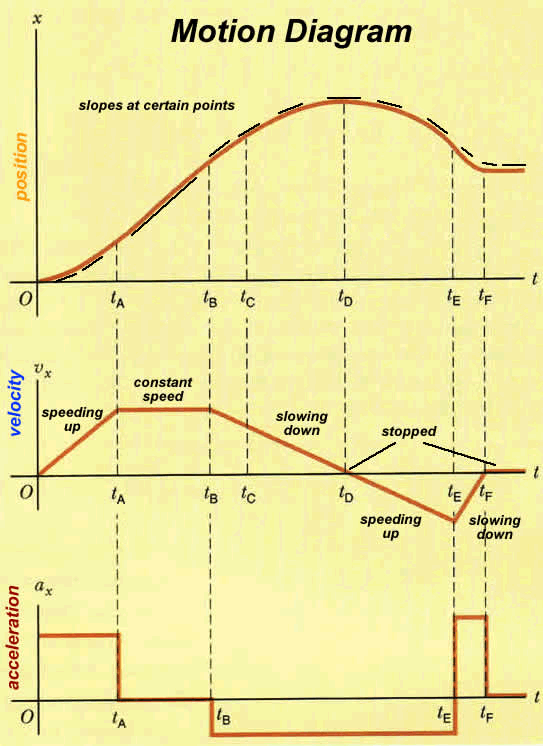

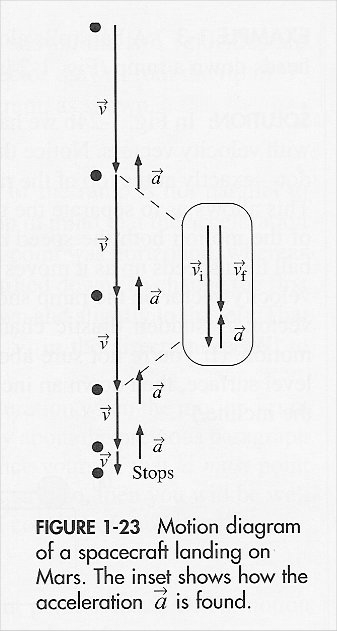
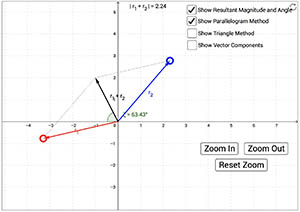
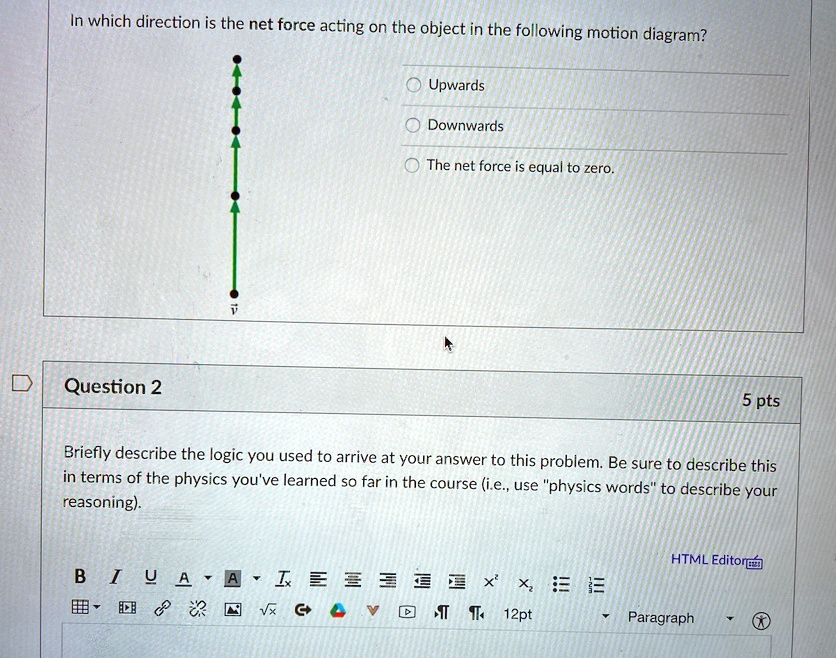


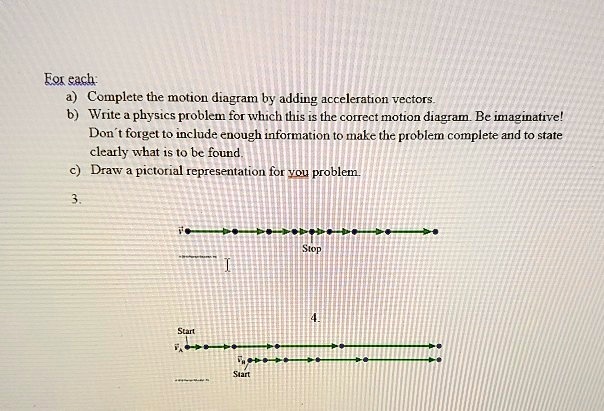


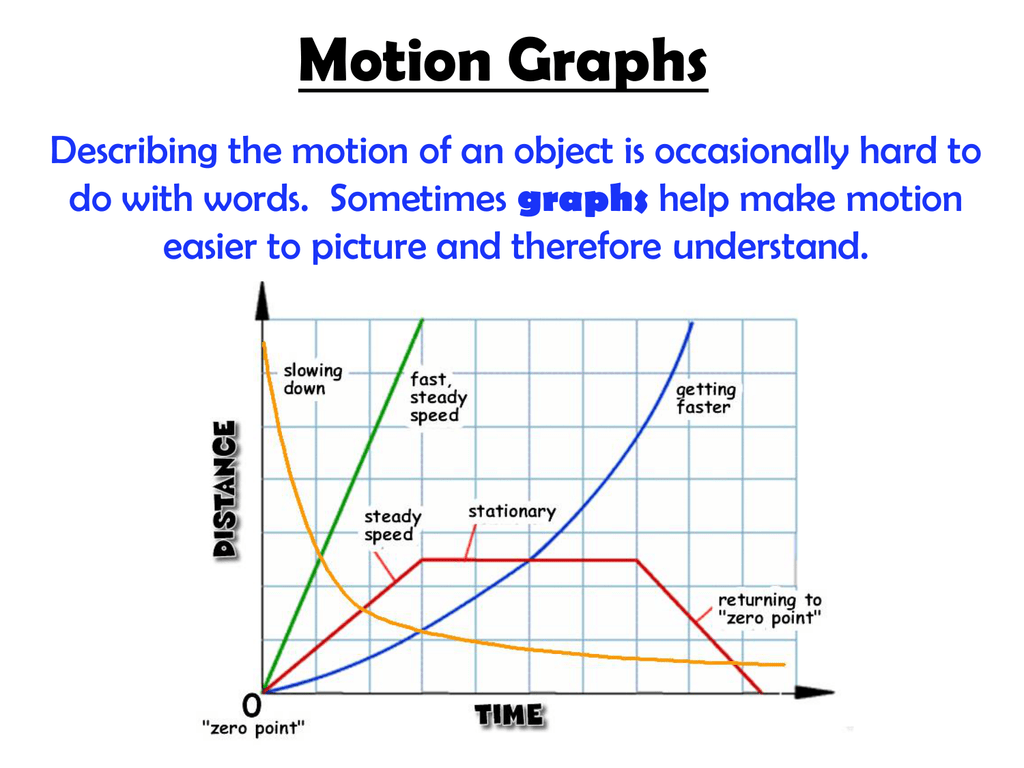

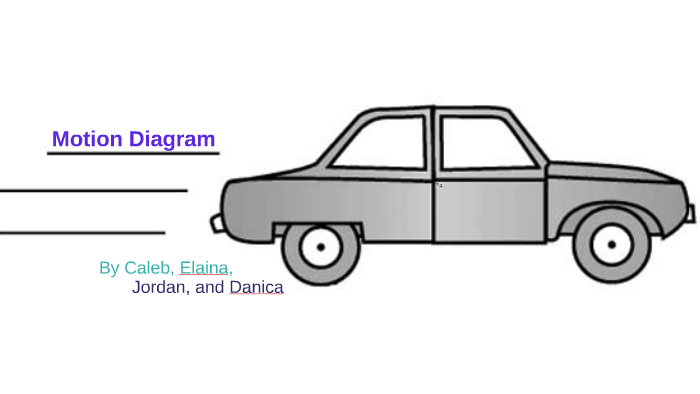

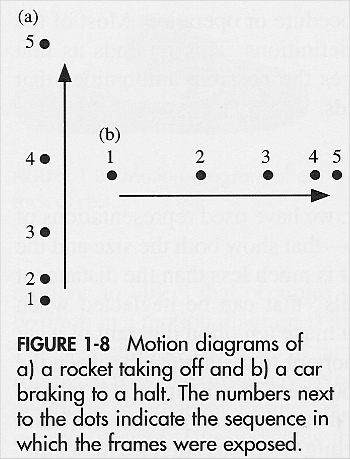



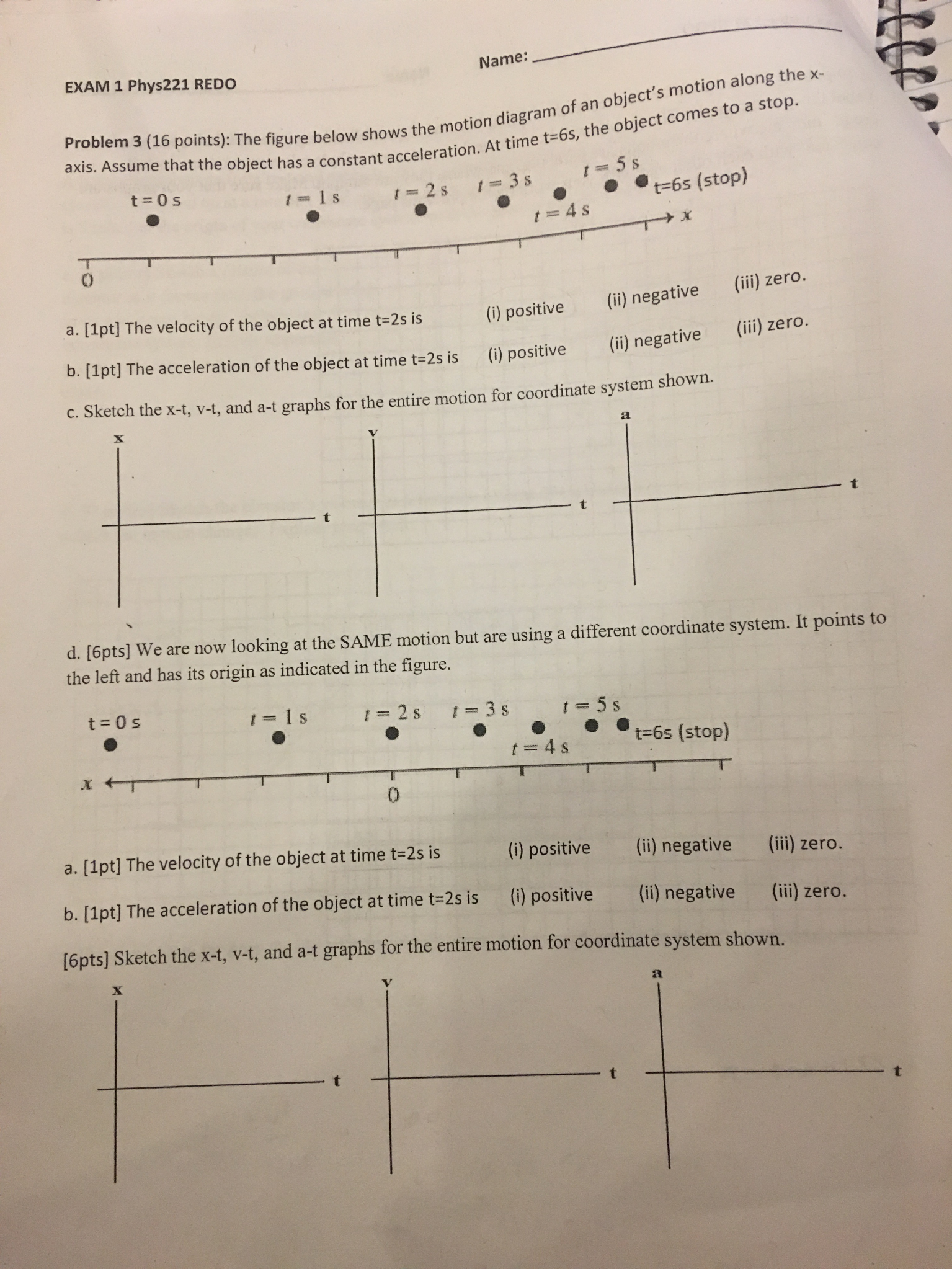


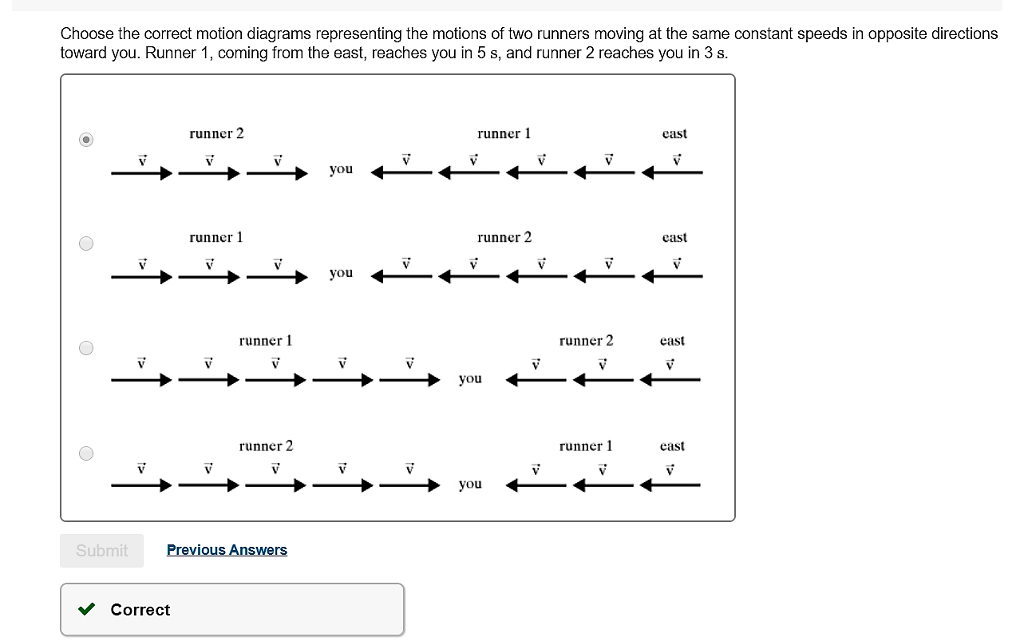
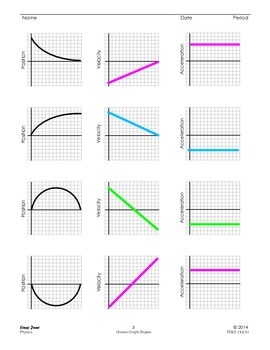

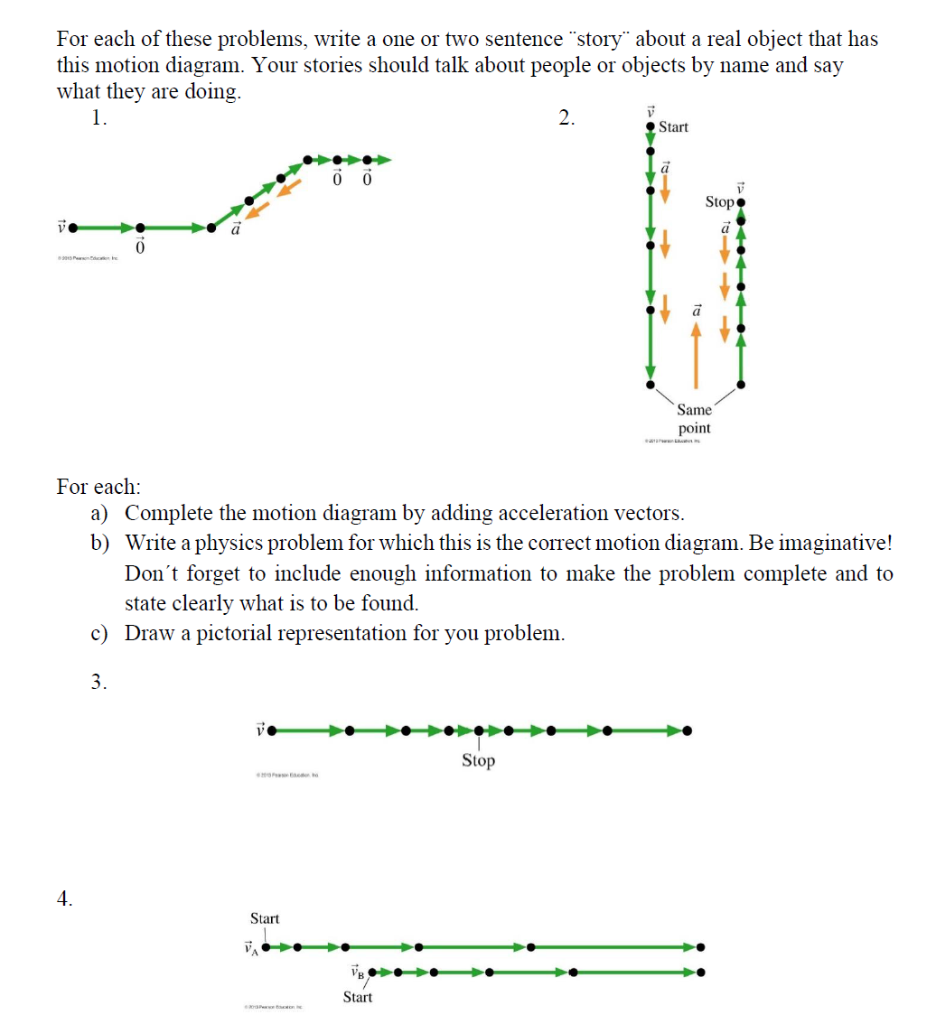

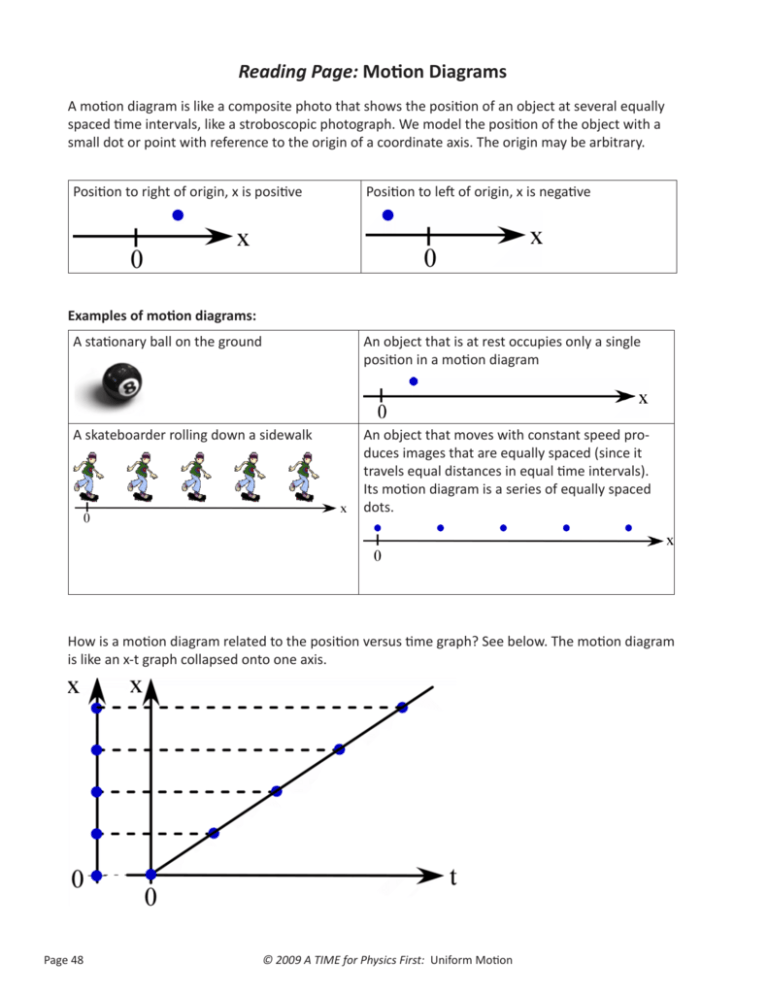

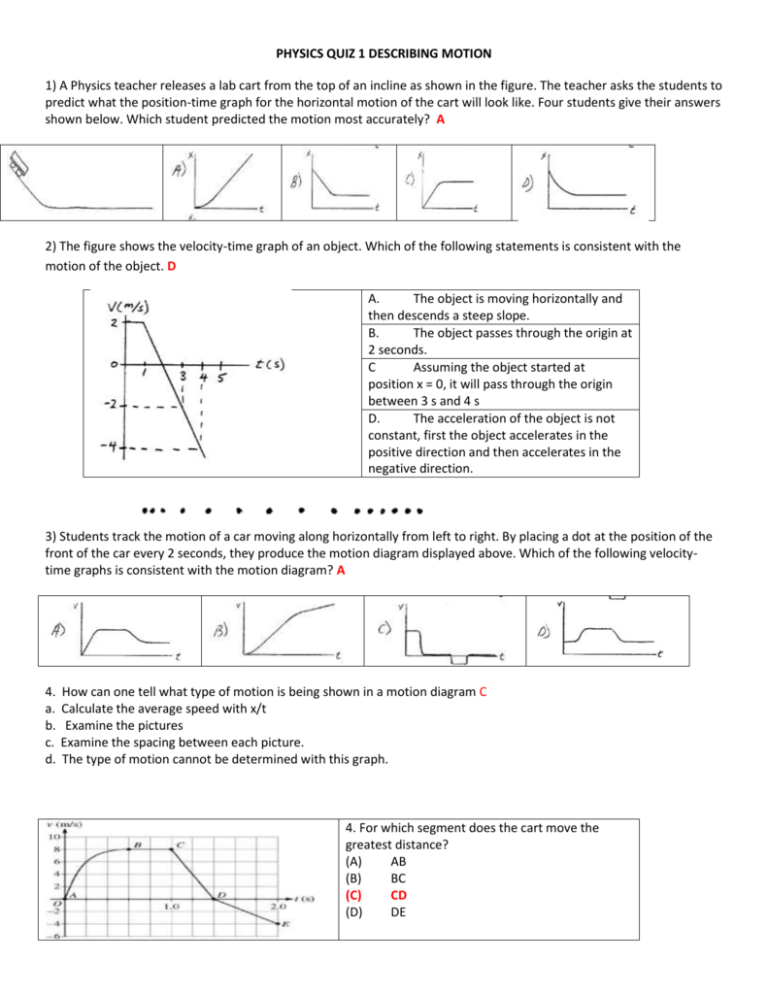
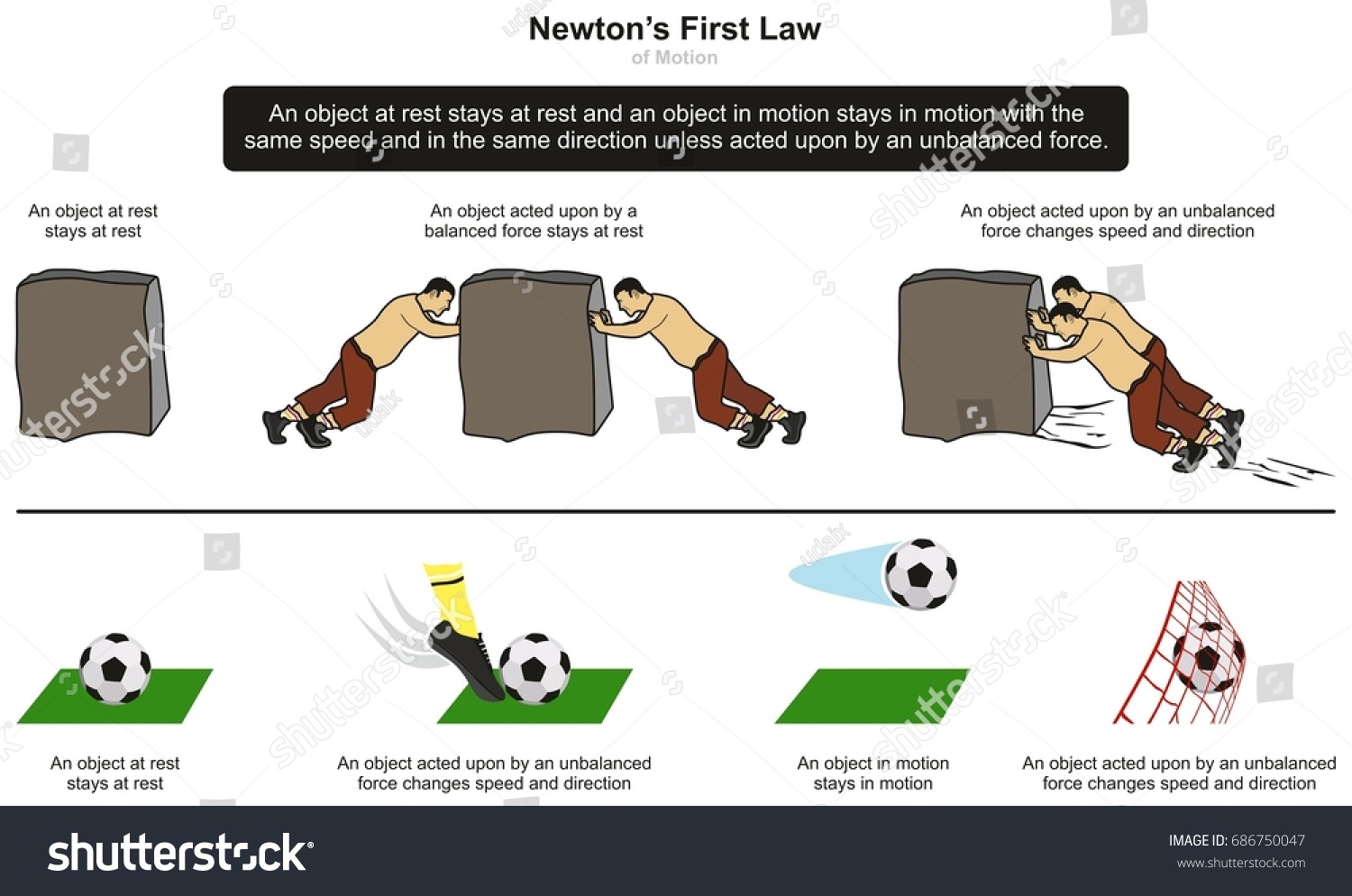

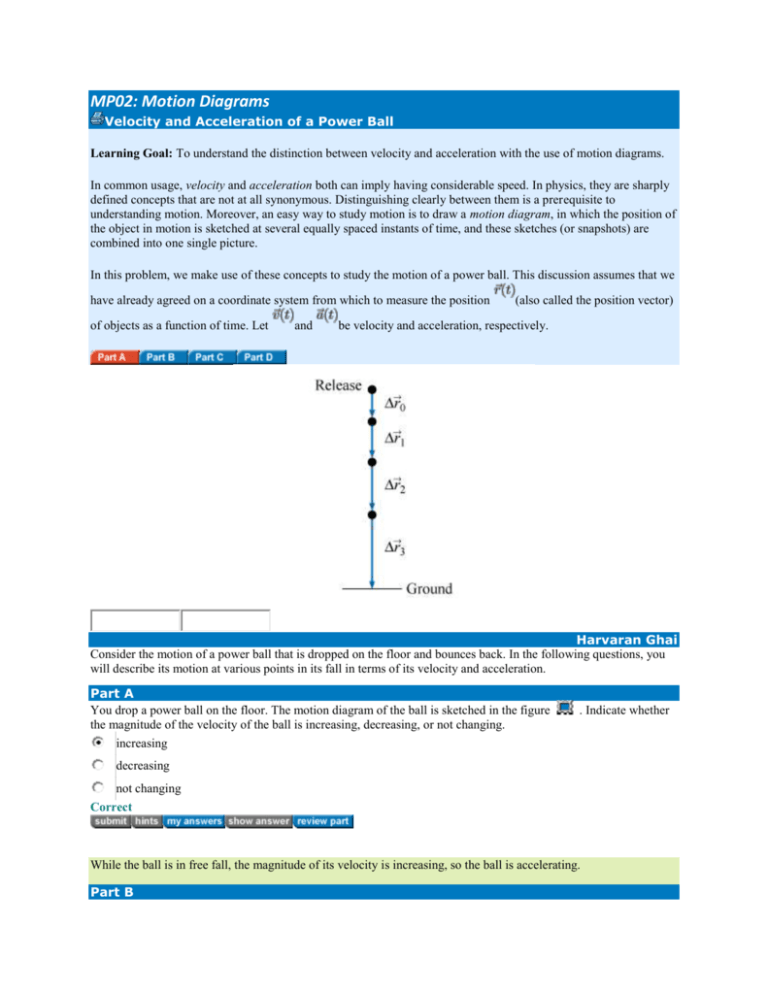
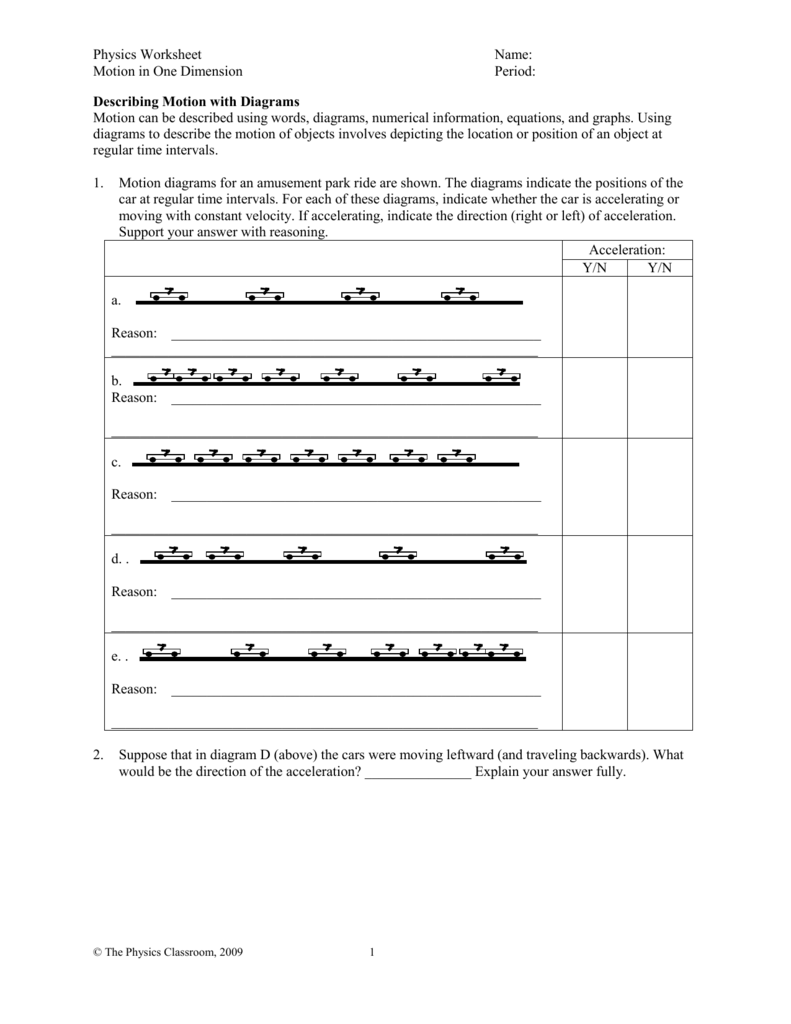
Comments
Post a Comment